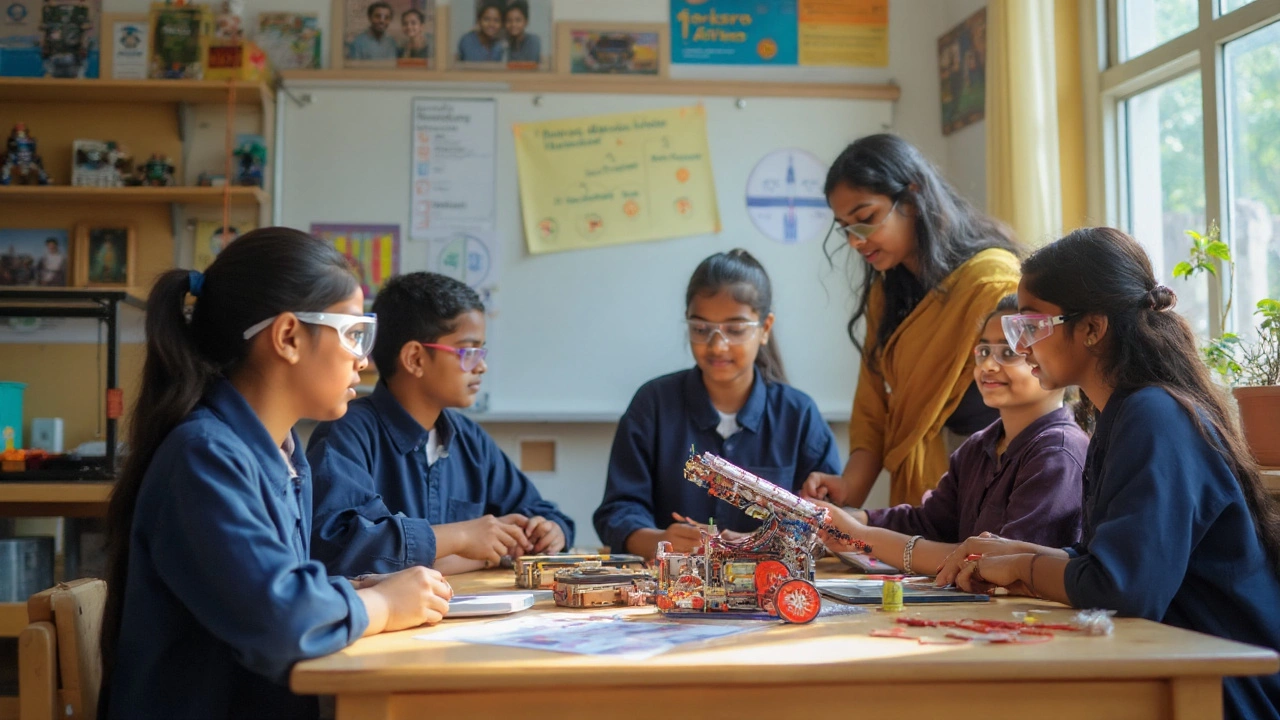STEM Education in India: What It Is and Why It Matters
When we talk about STEM education, an integrated approach to teaching science, technology, engineering, and mathematics through real-world problem solving. It's not just about memorizing formulas or coding syntax—it's about learning how to ask the right questions, test ideas, and build solutions that matter. In India, this isn't just a classroom trend. It's a national shift. From rural schools using solar kits to teach physics, to urban labs where students design low-cost medical devices, STEM education is turning theory into action.
What makes it work? It’s not one subject alone. Science education, the foundation of observation, experimentation, and evidence-based thinking teaches kids why things happen. Technology education, the practical use of tools and systems to solve problems shows them how to build those solutions. Engineering education, the process of designing, testing, and improving systems under real constraints gives them structure. And math education, the language of patterns, logic, and measurement gives them the tools to measure success. Together, they create thinkers who don’t wait for instructions—they create them.
Look at the posts below. You’ll find stories of students turning data into public health wins, engineers designing clean energy systems for villages, and researchers figuring out how to pay for innovation without burning out. These aren’t abstract ideas. They’re the direct result of hands-on STEM learning. You’ll see how tech transfer fails without education, how renewable energy grows when kids understand solar math, and how data scientists aren’t just coders—they’re translators between numbers and people. This collection isn’t about theory. It’s about what happens when education meets real problems—and how India is winning because of it.





